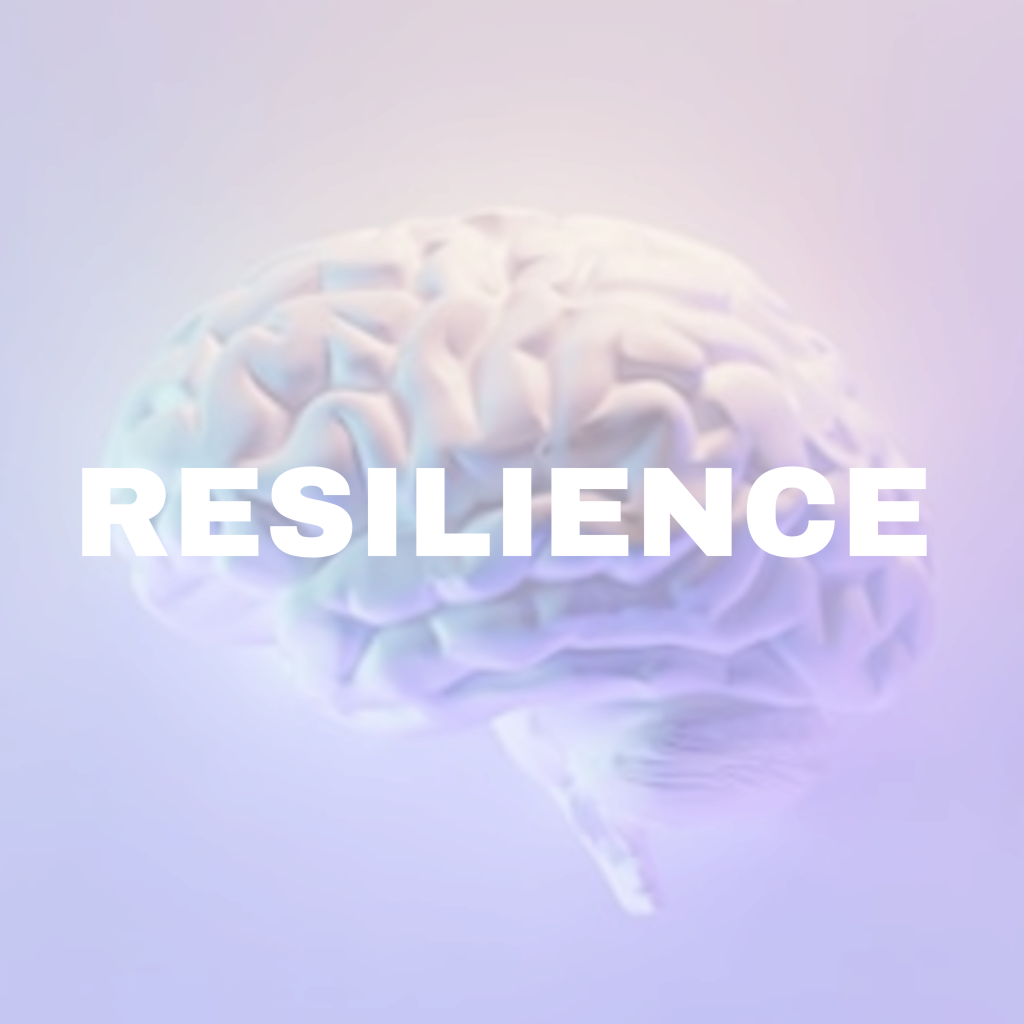The correlation between physical activity and inflammation has intrigued researchers since an early 20th-century investigation revealed an increase in white blood cells among participants in the Boston marathon.
A recent study from Harvard Medical School, published in Science Immunology on November 3, sheds light on the molecular basis for this century-old observation. This study, conducted with mice, proposes that exercise’s positive effects may, in part, be driven by the immune system. It demonstrates that muscle inflammation caused by physical exertion triggers the activation of inflammation-reducing T cells, also known as Tregs, which enhance the muscle’s ability to use energy as fuel and improve overall endurance during exercise.
While Tregs have long been recognized for their role in countering abnormal inflammation associated with autoimmune diseases, this study unveils their significant role in the body’s immune responses during physical activity.
Diane Mathis, the senior investigator of the study and the Morton Grove-Rasmussen Professor of Immunology in the Blavatnik Institute at HMS, emphasizes the broad impact of the immune system on tissue health beyond protection against pathogens and cancer. The research showcases the powerful effects of the immune system within the muscles during exercise.
It’s important to note that while these findings are promising, they were observed in mice, and further studies are required to replicate them in human subjects. Nevertheless, this study represents a pivotal step in unraveling the cellular and molecular changes that occur during exercise, leading to improved health outcomes.
Exercise’s benefits are well-documented, including protection against cardiovascular disease, reduced risk of diabetes, and defense against dementia. However, the mechanisms through which exercise enhances health have puzzled researchers for some time.
Traditionally, research in exercise physiology has focused on the impact of hormones released during physical activity on different organs, such as the heart and lungs. This new study looks into into the intricate immunological processes occurring within the muscles during exertion, offering a fresh perspective.
Physical activity is known to temporarily damage muscle tissue, triggering a sequence of inflammatory responses. It increases the expression of genes responsible for muscle structure, metabolism, and mitochondrial activity, which are crucial for meeting the increased energy demands of exercise.
The study analyzed muscle cells from the hind-leg muscles of mice subjected to single or regular treadmill running, comparing them with muscle cells from sedentary mice. Both groups of active mice exhibited signs of inflammation, including increased activity in genes related to metabolic processes and higher levels of pro-inflammatory chemicals like interferon.
In both groups, Treg cells were elevated in their muscles, mitigating exercise-induced inflammation. However, the metabolic and performance advantages of exercise were most evident in regularly active mice. Tregs not only suppressed exercise-induced inflammation and muscle damage but also altered muscle metabolism and performance, aligning with the observation that consistent, long-term exercise is necessary for significant performance improvements.
Further investigations confirmed that Tregs played a crucial role in the broader benefits observed in regular exercisers. Mice lacking Tregs experienced uncontrolled muscle inflammation, with marked accumulation of inflammation-promoting cells in their hindleg muscles and swollen mitochondria, indicating metabolic abnormalities.
Importantly, these mice did not adapt to increasing exercise demands over time as effectively as those with intact Tregs. Their muscle inflammation led to diminished aerobic fitness. These mice also exhibited excessive levels of interferon, a known driver of inflammation. Blocking interferon prevented metabolic abnormalities and improved aerobic fitness in Treg-deficient mice.
The absence of Tregs allowed interferon to cause unrestrained damage, highlighting the critical role these immune cells play in modulating inflammation. Interferon is known to promote chronic inflammation, which is implicated in various chronic diseases and age-related conditions. Tregs have garnered attention for their potential in treating immunologic conditions marked by abnormal inflammation.
This study provides valuable insights into the cellular mechanisms underlying exercise’s anti-inflammatory effects and underscores the importance of harnessing the body’s immune defenses through physical activity. While targeted interventions involving Tregs are being explored for immune-mediated diseases, exercise presents a natural means to enhance the body’s immune responses and reduce inflammation, offering a holistic approach to health improvement.
Reference:
P. Kent Langston, Yizhi Sun, Birgitta A. Ryback, Amber L. Mueller, Bruce M. Spiegelman, Christophe Benoist, Diane Mathis. Regulatory T cells shield muscle mitochondria from interferon-γ–mediated damage to promote the beneficial effects of exercise. Science Immunology, 2023; 8 (89) DOI: 10.1126/sciimmunol.adi5377

















